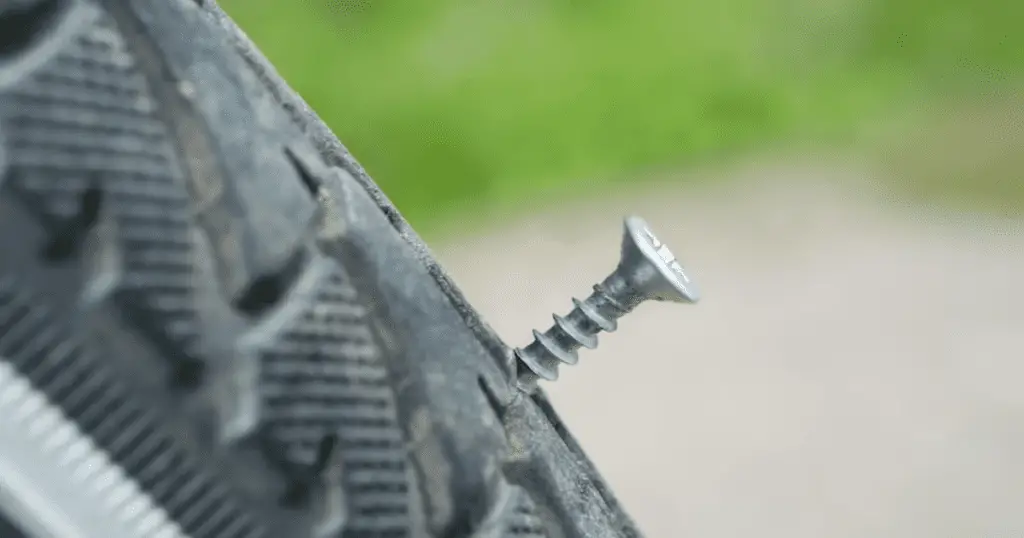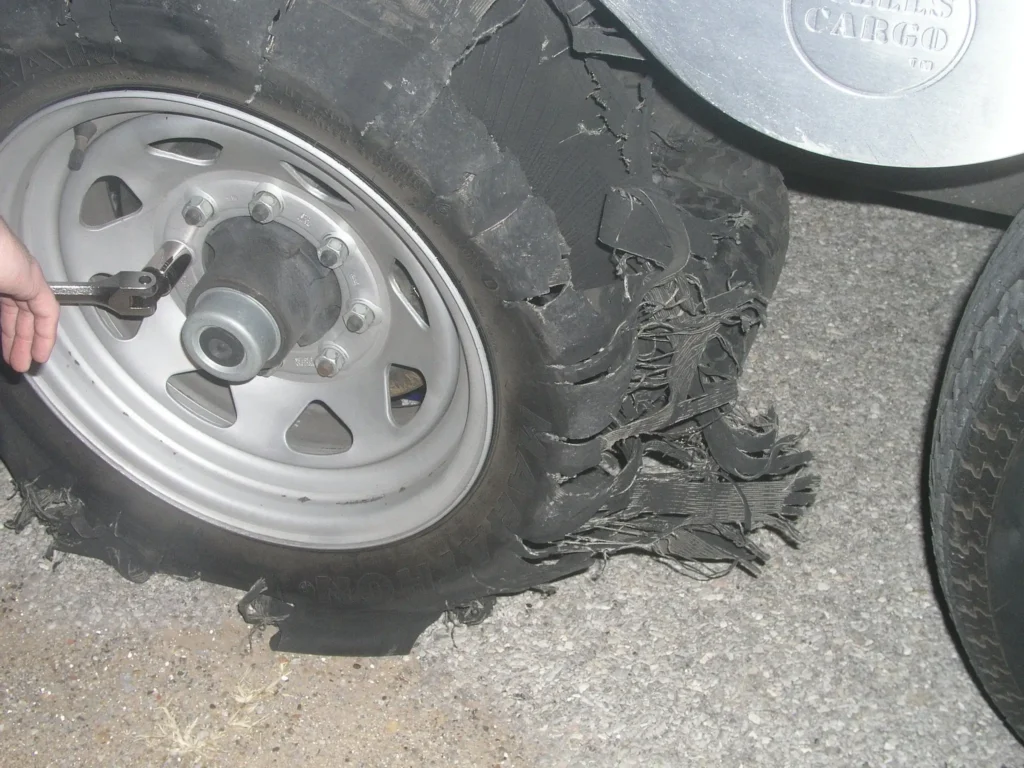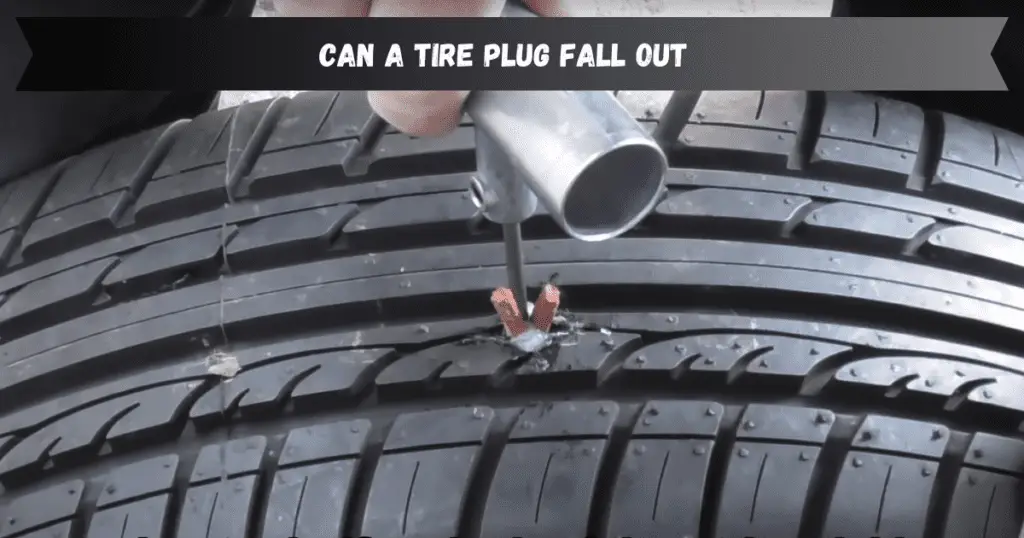Hearing your tires rub against the wheel wells when turning can be an alarming sound. In some cases, minor tire rub may be harmless. However consistent rubbing or scrubbing usually indicates a more serious issue that requires prompt attention.
Let’s explore the top reasons behind tire rub when turning and how to get it resolved.
What Causes Tires to Rub When Turning?
There are several potential culprits behind tires rubbing against the fenders or struts when turning:
1. Suspension Problems
Damaged or worn suspension components are a common cause of tire rubbing when turning. Possible issues include:
- Bent control arms
- Broken coil springs
- Worn ball joints
- Damaged struts or shock absorbers
- Loose sway bar links
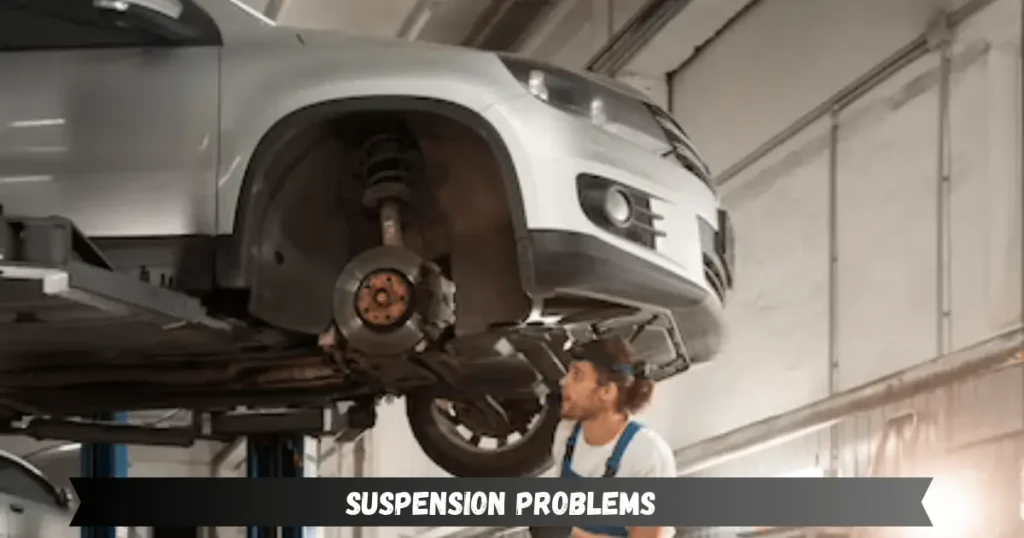
If the suspension can’t keep the wheels properly aligned, the tires end up scrubbing against the wheel wells.
2. Lowered Vehicle Height
Lowering a vehicle’s ride height with aftermarket suspension parts often causes tire rubbing when turning. The fenders weren’t designed for the decreased ground clearance, so the tires hit when turning.
Aggressive lowering beyond 1-2 inches substantially raises the risks of tire rub and other issues. Always stick within recommended height adjustments.
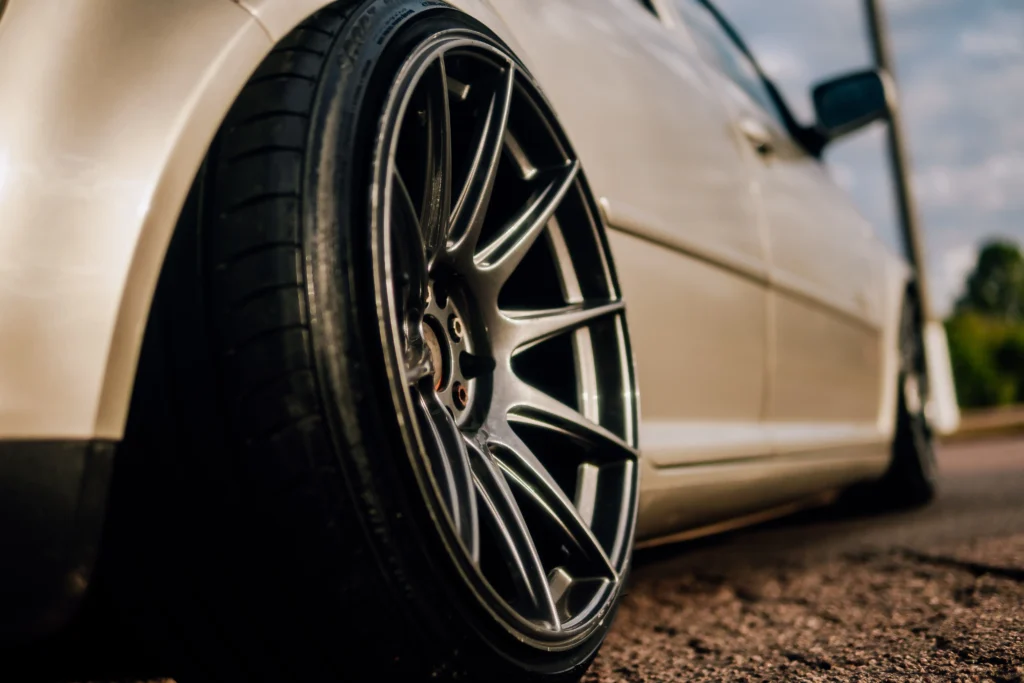

3. Overly Wide Tires
Installing tires that are too wide for the wheels can also lead to rubbing against the struts or inner fenders when turning.
Measure your wheels and verify the maximum recommended tire width before purchasing new tires. Exceeding it will likely cause interference.
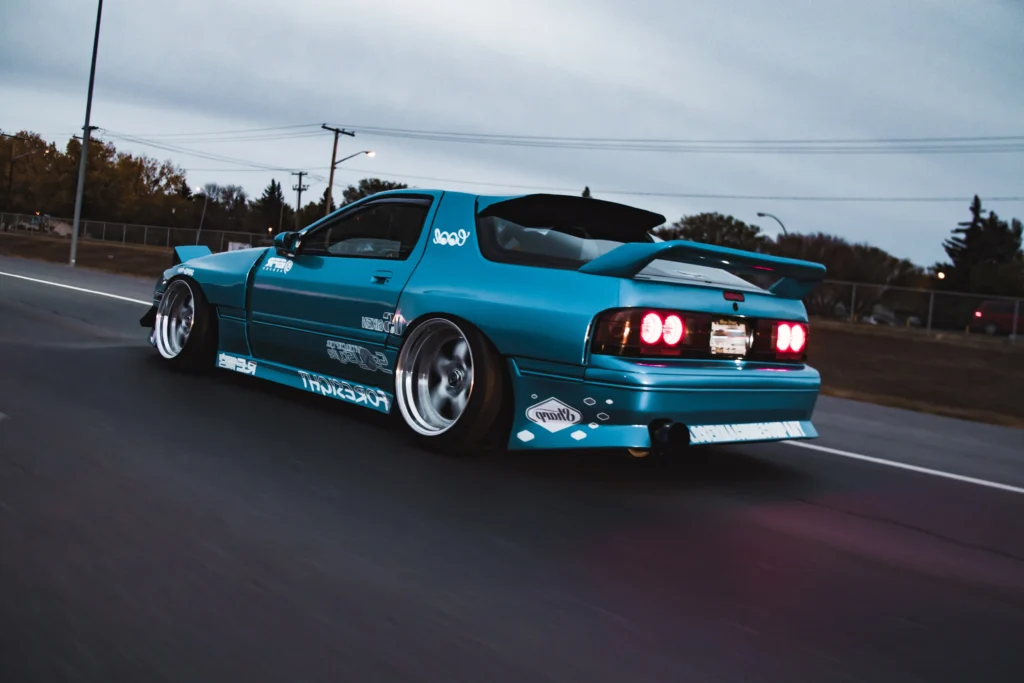

4. Wheels with Incorrect Offset
The offset of a wheel determines how far in or out it sits relative to the hub. Wheels with too much positive offset will rub against struts. Those with excessive negative offset will scrub fenders.
Always match new wheels’ offset to what the vehicle manufacturer specifies. Going beyond their recommendations typically causes fitment issues.
5. Misaligned Wheels
Incorrect wheel alignment – specifically camber, caster, or toe – can also enable tire rubbing when turning. If the wheels are outside factory specifications, the tires may hit wheel wells.
Have a shop check and reset your alignment if you suspect this issue. Tire rubbing indicates alignment needs adjustment.
6. Loose Fender Liners
Fender liners are plastic shields that cover the inner wheel wells. If these become cracked or detached, they can flap out and rub against the turning tires.
Inspect liners for damage. Remove or replace loose parts that are contacting the rotating tires.
7. Bent or Damaged Fenders
Collisions or impacts to the fenders can bend the sheet metal inward, reducing clearance with the tires. This leads to Tire rubbing when turning.
Fender damage may be visible on the exterior or only inside the wheel wells. Any deformation needs to be corrected to stop tire interference.
8. Using Wheel Spacers
Wheel spacers adjust offset outwards, allowing larger tires to fit without rubbing on struts. But cheap spacers or ones that are too large can cause tires to hit the outer fenders when turning.
Dangers of Ignoring Tire Rub
Driving any extended distance with consistent tire rubbing when turning can lead to:
- Tire sidewall damage or blowouts
- Strut wear and damage
- Cracks or tearing of fender liners
- Further deformation of fenders
This puts you at risk of a breakdown or loss of vehicle control. Tire rub when turning should never be ignored.
Never attempt to “fix” rubbing by cutting away material from fenders or struts. This critically compromises their structure.
How to Diagnose the Cause Of Tire Rubbing When Turning
If you hear rubbing when turning, pull over immediately and investigate:
- Visually inspect tires and wheels for signs of contact or debris buildup.
- Check fender liners for cracks, tears, or being detached.
- Look for damage, deformation, or cracking on exterior fenders.
- Have someone turn the steering wheel while you examine wheel clearance from all angles.
- Check undercarriage and suspension components for damage.
- Test drive and listen closely for any noises that indicate rubbing.
These steps should reveal what components are making contact and help pinpoint the cause.
How to Fix Tire Rubbing When Turning
Resolving tire rubbing when turning requires addressing the specific cause:
- For suspension issues, replace any damaged parts like control arms, struts, or springs.
- If lowered, raise vehicle height if possible or have fenders rolled for clearance.
- For tires that are too wide, replace them with sizes recommended for the wheels.
- Wheels with incorrect offset need to be switched for factory spec or compatible aftermarket wheels.
- Reset alignment back to factory settings if incorrect.
- Secure or replace any loose fender liners allowing rubbing.
- Repair or replace bent or damaged fenders that decrease clearance.
- Adjust or replace wheel spacers causing interference with turning tires.for extra clearance. But addressing the underlying cause is key – temporary fixes won’t work long term.
If you lowered the vehicle, switching to a shorter sidewall tire profile can also provide more room for turning wheels.
Preventing Future Tire Rub
Once your vehicle is fixed, keep these tips in mind to avoid repeat issues:
- Inspect suspension for damage and replace components proactively.
- Have alignment checked annually to catch any incorrect settings early.
- When rotating tires, check for signs of rub wear or debris inside fenders.
- If modifying or lowering vehicle, stay within recommended dimensions for wheels, tires, and ride height.
- Use quality parts from reputable brands when replacing wheels, tires, or suspension components.
- Work carefully when installing wheel spacers and verify no contact with turning tires.
- Periodically check fender liner condition and reattach any loose sections.
Staying proactive with inspections and maintenance is the best way to catch problems before they escalate into tire rubbing and related damage.
Frequently Asked Questions
How do I stop my tires from rubbing when I turn?
Determine the cause, such as suspension damage, incorrect wheels, or lowered vehicle height. Repair the specific issue allowing the tire rub.
Why does my tire rub on one side?
If only one tire is rubbing, it usually indicates an isolated issue like incorrect wheel alignment or suspension damage on just that corner of the vehicle.
Is minor tire rubbing bad?
Any amount of consistent tire rub can rapidly damage components. It’s best to address the cause right away before problems get severe.
How do you fix a tire rubbing control arm?
A control arm would indicate worn bushings or the arm being bent. Replace damaged control arms to realign the wheel and stop tire rubbing.
How can I improve my tire friction?
For improving tire grip and traction, you want tires suited for your usage – summer performance tires have the most grip, while all-seasons trade some grip for longevity.
Why do my brakes rub when I turn my car?
Brake rub when turning is typically caused by worn tie rod ends, damaged caliper slide pins, or warped brake rotors. These allow the caliper to contact the rotor at certain steering angles.
Conclusion
Tire rubbing when turning requires prompt diagnosis and repair. Driving any distance with tires continuously scrubbing fenders, struts, or liners can lead to catastrophic tire failures or expensive component damage.
Carefully inspect your tires and suspension if you hear rubbing noises while turning. Identify the cause and correct it before resuming normal driving. With prompt attention and proper repairs, you can eliminate hazardous tire rub for good.


